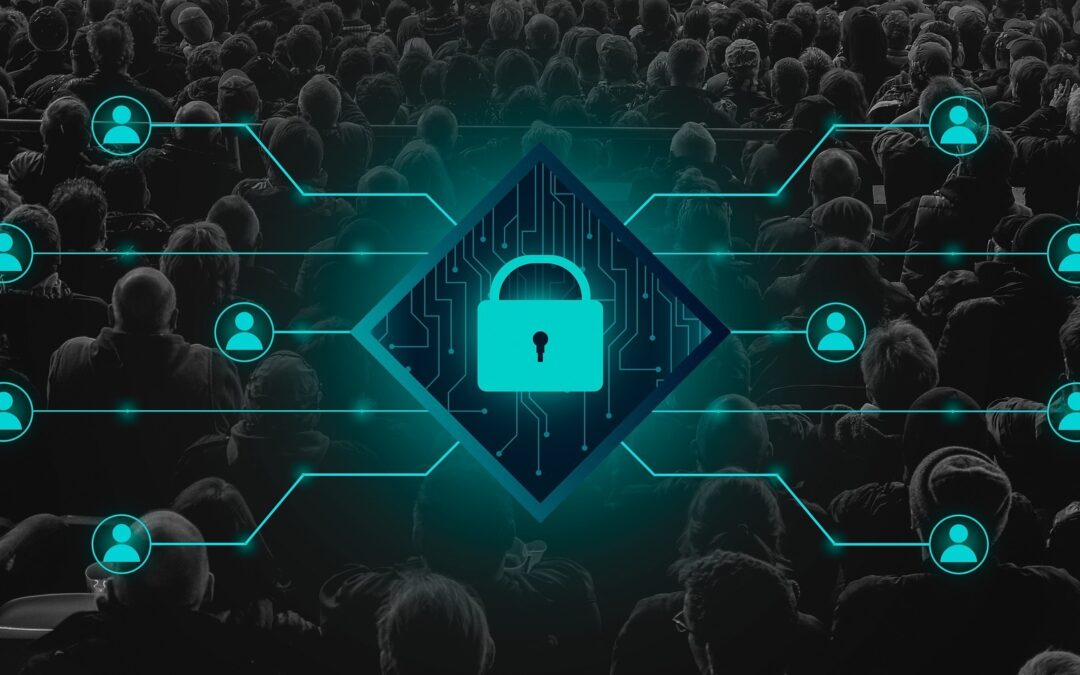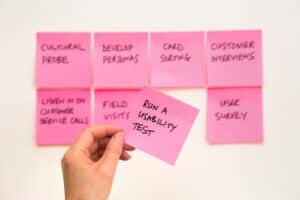Project governance almost systematically requires a steering committee. During the construction and the realization of an IT project, it is necessary to be able to clearly define the objectives and the means necessary to reach them. From this point of view, two roles are essential for the success of this type of project: that of the project owner(MOA) and the project manager(MOE). Two positions that are sometimes confused, but which have different, yet complementary, responsibilities.
Who is the MOA and what are its responsibilities?
The MOA project manager, otherwise known as the strategic pilot, represents the project client. In general, it belongs either to the teams of the client who buys the IS, or to the firm to which the MOA is delegated, its objective is to obtain a final product that is as close as possible to the client’s expectations. To help him achieve this, he is allocated a number of functions, the main ones being :
- drawing up functional specifications,
- the choice of project manager,
- project management,
- validation of functional acceptance,
- sometimes the accompaniment of change is delegated to him.
The functions of the MOA
Responsible for structuring the project, the MOA performs several essential functions, such as :
- determine overall project objectives,
- estimate and allocate a budget for the project,
- decide on the project delivery date,
- lead committees and meetings,
- validate each step of the development.
The concrete activity of the project owner
The project owner steers the project through to completion. As the authority representing the client, it is up to him to validate all the development stages so that the final product is as close as possible to the objectives set. That’s why he’s also involved in product acceptance testing, as well as the various tests and trials.
The project owner is also responsible for drawing up functional specificationsin collaboration with the project manager. As it involves many technical details, this document needs to be drawn up with an expert to be as accurate as possible.
In carrying out his day-to-day tasks, the project owner can call on the help of an AMOA or AMO (assistance à maîtrise d’ouvrage). The latter assists him in making technical choices and allows him to express his needs as accurately as possible to the project manager.
The importance of collaboration between the project owner and the project manager in the conduct of a project
The success of a project is therefore strongly linked to the relationship between the project manager and the project owner. The project manager must listen to the client, of course, but never lose sight of the feasibility of the objectives he imposes on the development teams. He must also listen to the project manager, particularly when it comes to creating specifications.
It is essential that these two major players in the project are fully aware of and respect the limits of their respective responsibilities. Thus, a project owner should never impose a solution to a technical problem on the development teams. This part of the work is the main contractor’s area of expertise. Similarly, the EPC should never modify or abandon any element of the project that it deems irrelevant or infeasible. In this case, he must refer the matter to the project owner, who will make a decision by finding the right compromise between his opinion and the customer’s wishes.
However, the relationship between these two entities should not be too stereotypical either. It must take into account the personality and experience of each person. For example, for some projects, the project manager may have some technical skills and for others he may be more limited at this level. In the latter case, the project owner will necessarily have to rely a little more on the project manager.
How can you improve the performance of your HR processes?
Discover the technological tools at your disposal to improve your company's employee experience and HR processes. Turn your HR processes into performance drivers today!
Read more in our feature on "Improving the performance of your HR processes":
- The digital transformation of HR functions: what role for the HRD?
- The major challenges for human resources management in the future
- Regulatory issues for HRDs to master in 2019
- Valuing the employee experience, a priority for HR departments
- Improving the company's HR processes, the major challenge for HR departments
- Human Resources Information SystemHRIS), what is its use?
- HRIS to improve the company's HR processes
- Human resources and technologies for business performance
- What technological tools are available to HRDs?
- HRD: which HRIS solution to choose for your digital transformation?
- Help in choosing an HRIS: why use a firm?
Contact
A project? A request?A question?
Contact us today and find out how we can work together to make your company’s digital future a reality.













